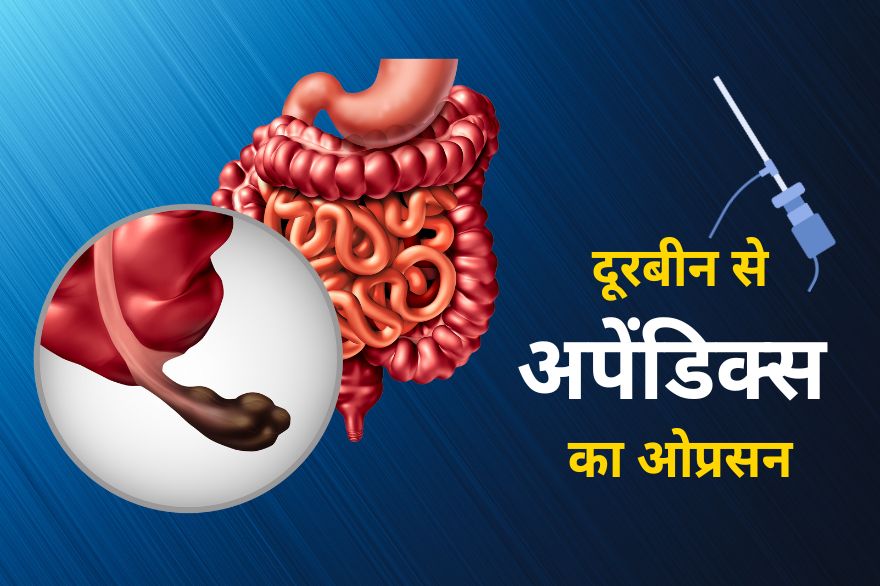
Appendix
Appendix: Causes, Symptoms, Prevention, and Treatment
The appendix is a small, finger-like pouch located in the lower right abdomen. While its exact purpose remains uncertain, it can sometimes become inflamed or infected, leading to a condition called appendicitis. In this blog post, we will explore the causes, symptoms, prevention, and treatment options for appendicitis.
Causes of Appendicitis:
– Obstruction: The appendix can become blocked by stool, foreign objects, or enlarged lymph nodes, leading to inflammation.
– Infection: Bacterial infection can result in the inflammation of the appendix.
– Gastrointestinal conditions: Certain gastrointestinal disorders, such as Crohn’s disease, can increase the risk of developing appendicitis.
Symptoms of Appendicitis:
– Abdominal pain: The most common symptom is pain in the lower right abdomen, which often starts as a dull ache and intensifies over time.
– Nausea and vomiting: Many individuals with appendicitis experience nausea and may vomit due to the inflammation.
– Loss of appetite: Appendicitis can lead to a decreased desire to eat.
– Fever and chills: In some cases, individuals may develop a low-grade fever and experience chills.
Prevention of Appendicitis:
– Healthy diet: Consuming a diet rich in fiber and staying hydrated may help prevent constipation, which can contribute to appendicitis.
– Regular exercise: Engaging in regular physical activity can support healthy bowel movements and reduce the risk of gastrointestinal issues.
– Prompt medical attention: If you experience symptoms that may indicate appendicitis, seeking immediate medical attention can help prevent complications.
Treatment of Appendicitis:
– Appendectomy: The most common treatment for appendicitis is surgical removal of the inflamed appendix, known as an appendectomy. This can be performed using open surgery or laparoscopic techniques.
– Antibiotics: In some cases, if the appendix has not ruptured and there are no complications, antibiotics may be administered to treat the infection.
– Supportive care: Prior to surgery or if surgery is not immediately available, supportive care measures such as pain management and intravenous fluids may be provided.
Remember, if you experience symptoms suggestive of appendicitis, it is crucial to seek prompt medical attention to avoid potential complications, such as a ruptured appendix or the spread of infection.
By understanding the causes, recognizing the symptoms, and being aware of preventive measures, individuals can take steps to minimize the risk of appendicitis and ensure timely treatment when needed. Consultation with a healthcare professional is essential for an accurate diagnosis and appropriate management of appendicitis.
अपेंडिक्स एक छोटी, उंगली जैसी थैली होती है जो निचले दाएं पेट में स्थित होती है। जबकि इसका सटीक उद्देश्य अनिश्चित रहता है, यह कभी-कभी सूजन या संक्रमित हो सकता है, जिससे एपेंडिसाइटिस नामक स्थिति हो सकती है। इस ब्लॉग पोस्ट में, हम एपेंडिसाइटिस के कारणों, लक्षणों, रोकथाम और उपचार के विकल्पों का पता लगाएंगे।
एपेंडिसाइटिस के कारण:
– रुकावट: परिशिष्ट मल, विदेशी वस्तुओं, या बढ़े हुए लिम्फ नोड्स द्वारा अवरुद्ध हो सकता है, जिससे सूजन हो सकती है।
– संक्रमण: जीवाणु संक्रमण के परिणामस्वरूप परिशिष्ट की सूजन हो सकती है।
– गैस्ट्रोइंटेस्टाइनल स्थितियां: कुछ गैस्ट्रोइंटेस्टाइनल विकार, जैसे क्रोहन रोग, एपेंडिसाइटिस के विकास के जोखिम को बढ़ा सकते हैं।
एपेंडिसाइटिस के लक्षण:
– पेट में दर्द: सबसे आम लक्षण पेट के निचले दाएं हिस्से में दर्द है, जो अक्सर सुस्त दर्द के रूप में शुरू होता है और समय के साथ तेज हो जाता है।
– मतली और उल्टी: एपेंडिसाइटिस वाले कई लोग मतली का अनुभव करते हैं और सूजन के कारण उल्टी कर सकते हैं।
– भूख कम लगना: एपेंडिसाइटिस से खाने की इच्छा कम हो सकती है।
– बुखार और ठंड लगना: कुछ मामलों में, व्यक्तियों को निम्न-श्रेणी का बुखार हो सकता है और ठंड लग सकती है।
एपेंडिसाइटिस की रोकथाम:
– स्वस्थ आहार: फाइबर से भरपूर आहार लेने और हाइड्रेटेड रहने से कब्ज को रोकने में मदद मिल सकती है, जो एपेंडिसाइटिस में योगदान कर सकता है।
– नियमित व्यायाम: नियमित शारीरिक गतिविधि में शामिल होने से स्वस्थ आंत्र आंदोलनों का समर्थन किया जा सकता है और गैस्ट्रोइंटेस्टाइनल मुद्दों के जोखिम को कम किया जा सकता है।
– तत्काल चिकित्सा ध्यान दें: यदि आप ऐसे लक्षणों का अनुभव करते हैं जो एपेंडिसाइटिस का संकेत दे सकते हैं, तो तत्काल चिकित्सा की मांग करने से जटिलताओं को रोकने में मदद मिल सकती है।
एपेंडिसाइटिस का उपचार:
– एपेन्डेक्टॉमी: एपेंडिसाइटिस के लिए सबसे आम उपचार सूजे हुए अपेंडिक्स को सर्जिकल रूप से हटाना है, जिसे एपेंडेक्टोमी के रूप में जाना जाता है। यह ओपन सर्जरी या लैप्रोस्कोपिक तकनीकों का उपयोग करके किया जा सकता है।
– एंटीबायोटिक्स: कुछ मामलों में, अगर अपेंडिक्स फटा नहीं है और कोई जटिलता नहीं है, तो संक्रमण के इलाज के लिए एंटीबायोटिक्स दी जा सकती हैं।
– सहायक देखभाल: सर्जरी से पहले या यदि सर्जरी तुरंत उपलब्ध नहीं है, तो दर्द प्रबंधन और अंतःशिरा तरल पदार्थ जैसे सहायक देखभाल उपाय प्रदान किए जा सकते हैं।
याद रखें, यदि आप एपेंडिसाइटिस के लक्षणों का अनुभव करते हैं, तो संभावित जटिलताओं से बचने के लिए शीघ्र चिकित्सा की तलाश करना महत्वपूर्ण है, जैसे कि एक टूटा हुआ परिशिष्ट या संक्रमण का प्रसार।
कारणों को समझकर, लक्षणों को पहचानकर, और निवारक उपायों से अवगत होकर, व्यक्ति एपेंडिसाइटिस के जोखिम को कम करने के लिए कदम उठा सकते हैं और जरूरत पड़ने पर समय पर उपचार सुनिश्चित कर सकते हैं। एपेंडिसाइटिस के सटीक निदान और उचित प्रबंधन के लिए एक स्वास्थ्य देखभाल पेशेवर के साथ परामर्श आवश्यक है।
